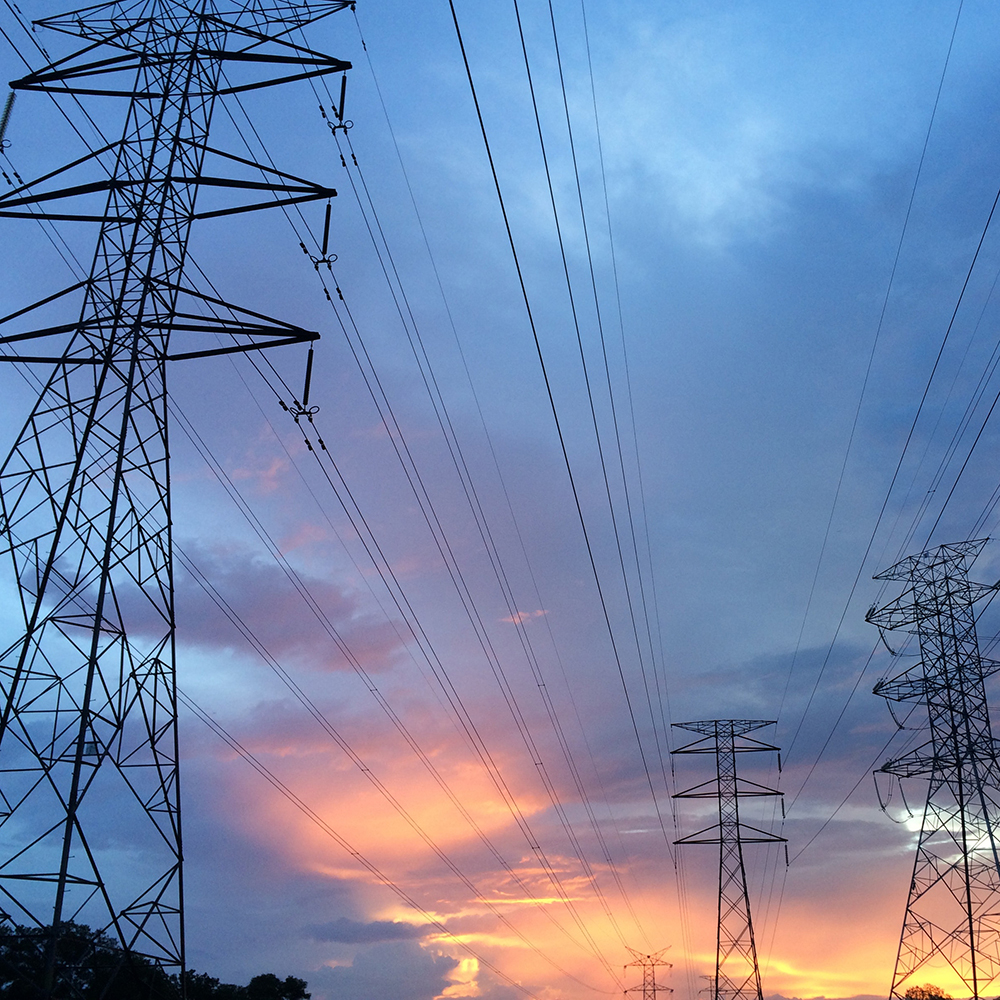Energy journalist Robert Bryce assures us it is not.
“California has already seen blackouts due to the weakening of its grid,” Bryce told PRI, “And no, it’s not too soon to speculate.”
On the last Monday in April, “one of the worst” blackouts to ever hit Europe, the Associated Press reports, began in the afternoon “and lasted through nightfall.” It affected tens of millions “across the Iberian Peninsula” and “disrupted businesses, hospitals, transit systems, cellular networks and other critical infrastructure.” Authorities say six people might have died in Spain from carbon monoxide fumes emitted by generators that were used to provide temporary power, and another from a fire caused by a candle. A Portugal woman also reportedly died after her ventilator shut down.
Those who made it through were “paralyzed,” says CNN. Teresa Ribera of the European Commission called it “one of the most serious episodes recorded in Europe in recent times.”
Officials deny that this rare outage was caused by Spain’s increasing reliance on green energy.
Spain, which is committed to generating 81% of its electricity through renewables by the end of the decade, and is busy shutting down its nuclear sites, “was powered entirely by renewable energy on Tuesday, April 16 – the first time this has ever happened on a weekday,” says EuroWeekly, which called the event “a historic achievement.”
Then history – of the wrong sort – was made again on April 28.
According to Red Electrica, the partly government-owned company that operates Spain’s power grid, a “very strong oscillation in the electrical network” caused the country’s system to “disconnect from the European system” and led to “the collapse of the Iberian electricity network.”
OK, then what caused the oscillation?
Bryce says “there is reason to believe that Spain’s electric grid, which now produces the second-most solar energy in Europe (after Germany), has been weakened by its heavy reliance on solar. A few minutes before the blackout, some 60% of the electricity on Spain’s grid was coming from solar.”
Power grids need consistency. They need the rotation of heavy equipment, the spinning turbines that produce electricity from fossil and nuclear fuels, to remain stable.
Grids also need consistency that volatile, intermittent wind and solar cannot provide.
None of this has been held somewhere as a deep secret. The probabilities have been well known.
A year ago, before the recent denials, Anthropocene magazine said that “because wind and solar projects are naturally intermittent, they can cause instabilities in the grid and even blackouts if dropped into the grid without changes.” Four years ago, smart grid company Hive Power explained “there needs to be a balance in production and consumption within an electrical grid. For there to be stability, the energy generated must be equal to the energy consumed. “So, ‘unreliable’ energy sources don’t fare well with conventional grids.”
Going back even further, to 2016, Energy Source & Distribution summarized an Energy Policy Institute of Australia paper that warned “of strain being placed on the system and additional costs associated with integrating renewable energy.”
That paper explained the hazards of the “pressure cooker” effect caused by “increasing intermittent renewable generation in a power system.”
“In most systems,” says the paper, “the practical upper limit for renewables is around 40% of total electricity generated.” When this ceiling is exceeded, “system security requirements almost invariably demand increased operational flexibility from the remaining conventional generators.”
California, which yields no government in the universe in its zeal to transition to an all-renewables power grid, seems perfectly set up for an outage like the one that shut down Spain and Portugal. Legislators have been moving too fast and have ignored the risks. There is great optimism among the renewables crowd that the state’s grid can handle the flood and then sharp decline in wind and solar energy that follows.
But the past should make pessimists, or at least realists, of us all. All Californians should recall the 2020 summer of blackouts. In the aftermath, Reuters reported that “California’s increasing reliance on renewable energy contributed to the problem: Outages spiked as solar’s contribution to the grid plunged after the sun went down.”
Were those outages merely a lack of energy at a time of high demand? Or did the drop-off in solar cause a problem with the grid much the way solar’s crash in Spain set off a cascade of failures?
The question has been asked. Will officials answer in a prompt and straightforward manner?
Kerry Jackson is the William Clement Fellow in California Reform at the Pacific Research Institute.

